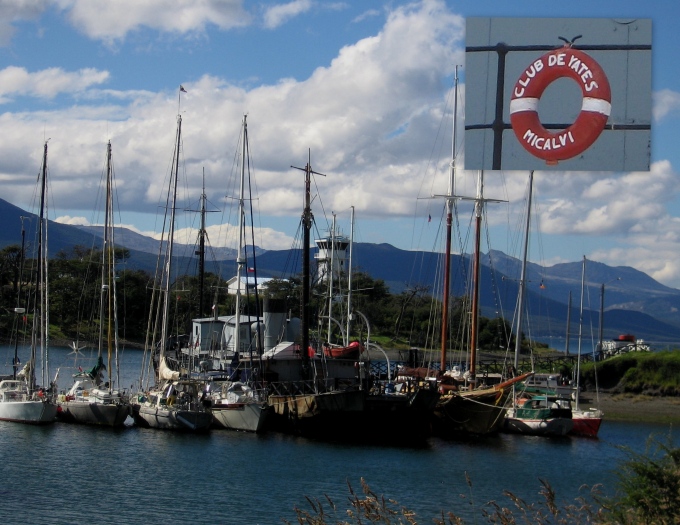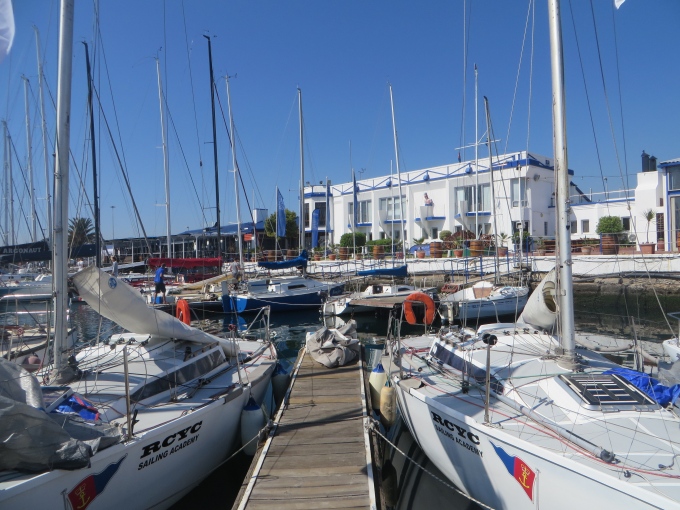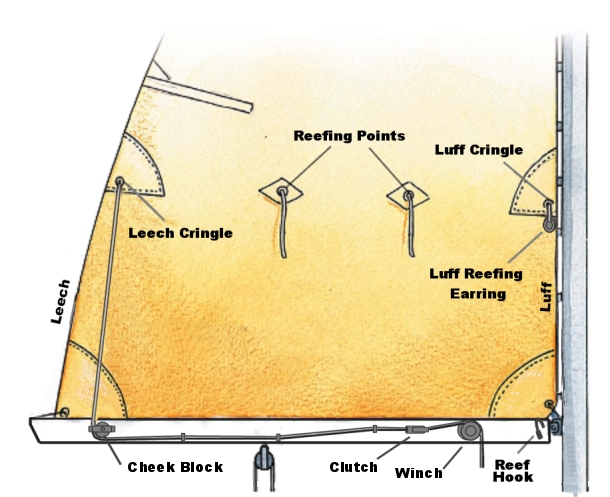Yacht Clubs Round the World
/Yacht clubs, depending upon where they are and their membership numbers, vary greatly worldwide. They usually have a few things in common … a love of sailing and the sea … and a bar. We've visited little, tiny clubs that have only a few members, a few boats and a bar. We visited the friendly, little Niue Yacht Club which had no boats, nor, for that matter, any members who'd ever owned a boat or sailed, but they did have a bar. The bar is always obligatory! Commodore Keith readily admits he has no sailing experience, but the island certainly does love yachties.

The Suwarrow Island Yacht Club in the Cook Islands was a cruiser's haven. The “yacht club” was nothing more formal than a meeting (and drinking) place on Direction Island for yachties who stopped for a respite at this tiny uninhabited atoll at the Cook Island's only national park.
Several yacht clubs offer amenities to visiting sailors. Sometimes we've been offered a free mooring or berthing for a couple of days or in the case of the most generous Yacht Club Peruano near Lima, Peru, we stayed for a month on their largesse. The members stopped by daily to invite us to coffee, lunch, dinners, excursions. Friends made there, especially Gonzalo and Magdala, have remained good friends through the years.
Sometimes, we're offered free membership in the club for some period of time allowing us to use the facilities or eat at the restaurant/bar at member prices. Sometimes it's a most welcome, hot shower like in Mossel Bay, South Africa or a mooring in Esperance, Western Australia or perhaps, a cold beer at the Buffalo River YC in East London, South Africa. The smaller or off-the-beaten track clubs are usually more friendly and welcoming. At the larger clubs, we're lost in the noise of yacht club activities, as well as the frequency and volume of visiting yachts.
Some yacht clubs are famous. The Panama Canal Yacht Club, for instance, was an icon. We were lucky to have had a chance to visit before it was torn down to make way for containers and other important shipping stuff.
The Club de Yates Micalvi in Puerto Williams, the southernmost town on the planet, was perhaps the most unusual yacht club we've visited. It was nothing more than an intentionally grounded munitions carrier that yachts tied to … sometimes rafting four boats out. The ship was a rusting hulk, but still offered showers and backpackers slept on the decks. It had, of course, a requisite bar.
The Royal Natal Yacht Club in Durban is the oldest yacht club in Africa, but sadly, it's losing its members, perhaps because of its downtown location or lack of activities or other business reasons. The adjacent Point Yacht Club seems to be facing similar problems.
I'd say Royal Cape is probably the most prestigious, as well as largest and most active yacht club (not to be confused with a marina) we've ever visited. Begun in 1905, it really didn't get its legs under it until the Cape to Rio Race in 1971. With 400+ berths and 2,000 members, there's always something going on. They have a very competitive racing group, a sailing school and youth sailing, as well as lots of fun sails and activities like monthly Jazz on the Deck. There's rarely a time when the restaurant and bar are empty. Lying in the shadow of Table Mountain close to the city center, there's not a better place to be in Cape Town.
The friendliest yacht club? That's probably a toss-up between the Yacht Club Peruano in Peru and the Mandurah Offshore Fishing and Sailing Club in Mandurah, Western Australia. Both clubs were particularly generous and the members went out of their way to be welcoming and include us in their activities. These are folks we're still in touch with and who will remain friends forever.
I'm sure some yacht clubs are pretty snooty and exclusive, but we haven't found them yet. We travel in different circles, I guess. Without exception, our experiences at local yacht clubs have demonstrated the generosity and camaraderie of the sailing network around the world.
A note … in the USA we call sailboats, unless they're ginormous, sailboats and tend to think the “yacht” terminology is pretentious. The really huge, luxury boats, motor or sail, are called superyachts. In many parts of the world, however, and by definition, a yacht is a vessel designated for personal, recreational use and/or competitive racing versus commercial use.











